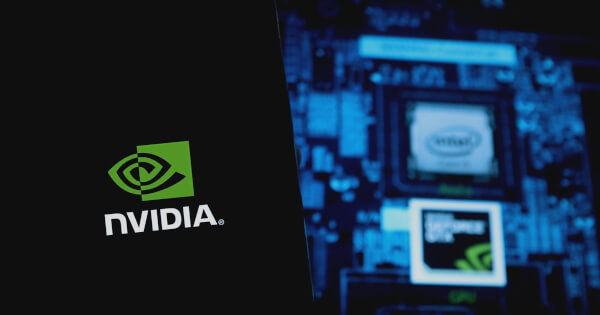NVIDIA Enhances TensorRT-LLM with KV Cache Optimization Features

Zach Anderson
Jan 17, 2025 14:11
NVIDIA introduces new KV cache optimizations in TensorRT-LLM, enhancing performance and efficiency for large language models on GPUs by managing memory and computational resources.
In a significant development for AI model deployment, NVIDIA has introduced new key-value (KV) cache optimizations in its TensorRT-LLM platform. These enhancements are designed to improve the efficiency and performance of large language models (LLMs) running on NVIDIA GPUs, according to NVIDIA’s official blog.
Innovative KV Cache Reuse Strategies
Language models generate text by predicting the next token based on previous ones, using key and value elements as historical context. The new optimizations in NVIDIA TensorRT-LLM aim to balance the growing memory demands with the need to prevent expensive recomputation of these elements. The KV cache grows with the size of the language model, number of batched requests, and sequence context lengths, posing a challenge that NVIDIA’s new features address.
Among the optimizations are support for paged KV cache, quantized KV cache, circular buffer KV cache, and KV cache reuse. These features are part of TensorRT-LLM’s open-source library, which supports popular LLMs on NVIDIA GPUs.
Priority-Based KV Cache Eviction
A standout feature introduced is the priority-based KV cache eviction. This allows users to influence which cache blocks are retained or evicted based on priority and duration attributes. By using the TensorRT-LLM Executor API, deployers can specify retention priorities, ensuring that critical data remains available for reuse, potentially increasing cache hit rates by around 20%.
The new API supports fine-tuning of cache management by allowing users to set priorities for different token ranges, ensuring that essential data remains cached longer. This is particularly useful for latency-critical requests, enabling better resource management and performance optimization.
KV Cache Event API for Efficient Routing
NVIDIA has also introduced a KV cache event API, which aids in the intelligent routing of requests. In large-scale applications, this feature helps determine which instance should handle a request based on cache availability, optimizing for reuse and efficiency. The API allows tracking of cache events, enabling real-time management and decision-making to enhance performance.
By leveraging the KV cache event API, systems can track which instances have cached or evicted data blocks, making it possible to route requests to the most optimal instance, thus maximizing resource utilization and minimizing latency.
Conclusion
These advancements in NVIDIA TensorRT-LLM provide users with greater control over KV cache management, enabling more efficient use of computational resources. By improving cache reuse and reducing the need for recomputation, these optimizations can lead to significant speedups and cost savings in deploying AI applications. As NVIDIA continues to enhance its AI infrastructure, these innovations are set to play a crucial role in advancing the capabilities of generative AI models.
For further details, you can read the full announcement on the NVIDIA blog.
Image source: Shutterstock













